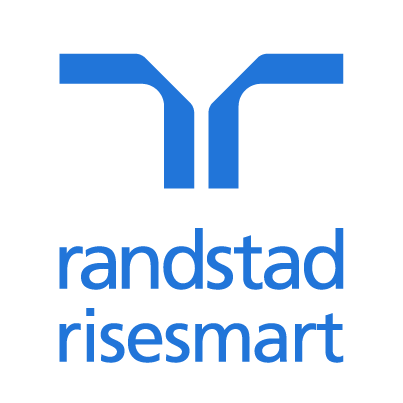With the war for talent at fever pitch, HR departments are increasingly turning to technology to give them the edge over their competition and streamline internal processes. Most recently artificial intelligence has come to the fore, with companies offering to automate parts of the recruitment process using predictive analytics and video interviewing.
But amid all the hype, questions have been raised about what role technology should play in the overall talent acquisition process. What are the advantages and disadvantages of a more technological approach? Where does it add the most value? And will it ever replace humans altogether?
As a leading global recruitment specialist, it's something that has been front of mind for PageGroup over the past 12 months – we’ve been trialling a number of the technologies to gauge their effectiveness.
A generational divide
In our experience, age definitely plays a role in how positively people respond to technology in the talent acquisition process. We’ve seen a distinction between Millennial profiles, who feel very comfortable using technology, and older generations who don’t.
In light of this there is clearly a risk when introducing technology into your talent acquisition process; you may end up marginalising a population you are looking to attract. Unfortunately on the flip side there is also a risk to not doing so. The younger generation increasingly expects to encounter technology during the recruitment process and will, to a certain extent, judge a business if they don’t.
Instead of diving into everything technology promises, navigating these differing comfort levels requires a carefully-planned and balanced approach.
A two-way street
We’ve had feedback from across our candidate pool that if there is too much technology, they not only miss the human element but feel unable to properly assess a company based on their limited interactions. They also voiced concern about performing as well on screen as in a face-to-face interview – particularly in terms of getting across some of their more human skills such as empathy and active listening.
On the one hand there is clear value to technology when it is used to benchmark candidates against current employees to help mitigate bias. The minute you start reading a CV your unconscious bias kicks in – anything that challenges this can only be a positive thing. But any decision you make about where to add it has to consider the overall experience of the applicant.
The interview process has to be a two-way street – as much about giving the individual insight into your business as it is finding out about them.
A hybrid approach
You can’t be in recruitment today and ignore the impact of technology. There is no denying the advantages it can bring. But I firmly believe a hybrid model, tailored to both the candidate and type of role they are going after, will be the best approach in the future. This will blend the efficacy and processing power of technology with personal, human interaction to give candidates the optimum experience.
Beverley Nicholas is regional talent director for PageGroup










